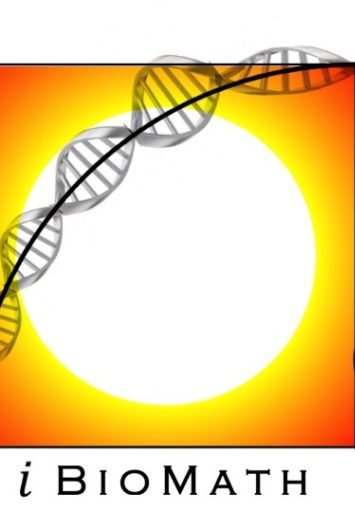Approach
A central issue of the Integral Biomathics work programme will be computation beyond the Turing limit. Current approaches to biologically inspired computing take neural membranes, neurons, or assemblies of neurons like cortical columns, and attempt to implement these directly as electronic or software components or as some mixture of these. Although this research has had some success (for example in artificial neural networks, or in novel image sensors), nothing that could remotely be described as intelligent has actually been produced. Why is this? Is it because the systems that have been produced are too simple (and don’t have enough components or enough accuracy in their modeling or neurons or membranes or enough adaptability), or is there some critical aspect being omitted from the jigsaw? Some authors suggest that what is required is an all-out onslaught on the whole of brain-based computing in order to produce autonomous systems. Others discuss the idea that the very mechanics of biochemical reactions might lie at the base of the difference between silicon and biochemical informatics. Again, others suggest that it is the crossing of engineering levels that is partly responsible for the effectiveness of biological approaches. But what is clear is that something is missing.
How then should we aim to produce autonomous systems? Purely computational approaches tend to be brittle; fuzzy and/or neural (in the sense of neural network) approaches can provide relief from brittleness. Truly biological systems integrate the sensors, actuators and processing in ways that we simply cannot manage technologically. But we do not know what it is that really makes the difference.
Therefore, we are interested to understand organism-machine disanalogy and aim to take the first steps towards answering the question of what it is that makes biological systems different: to this end one might consider, for example, the simplest of independent organisms (for example, single-celled amoeba-like organisms like Paramecium), and examine the difference between different types of detailed models of such a system and the system itself.
To take-off in this direction, we need a new paradigm to work with, providing a unique frame for exploring the biological foundations of computation at the frontiers of science. The attained knowledge can be used in the design of biosynthetic systems which go beyond Turing’s discrete computation model and von Neumann’s self-replicating automata, thus unleashing science to grow towards new horizons.

